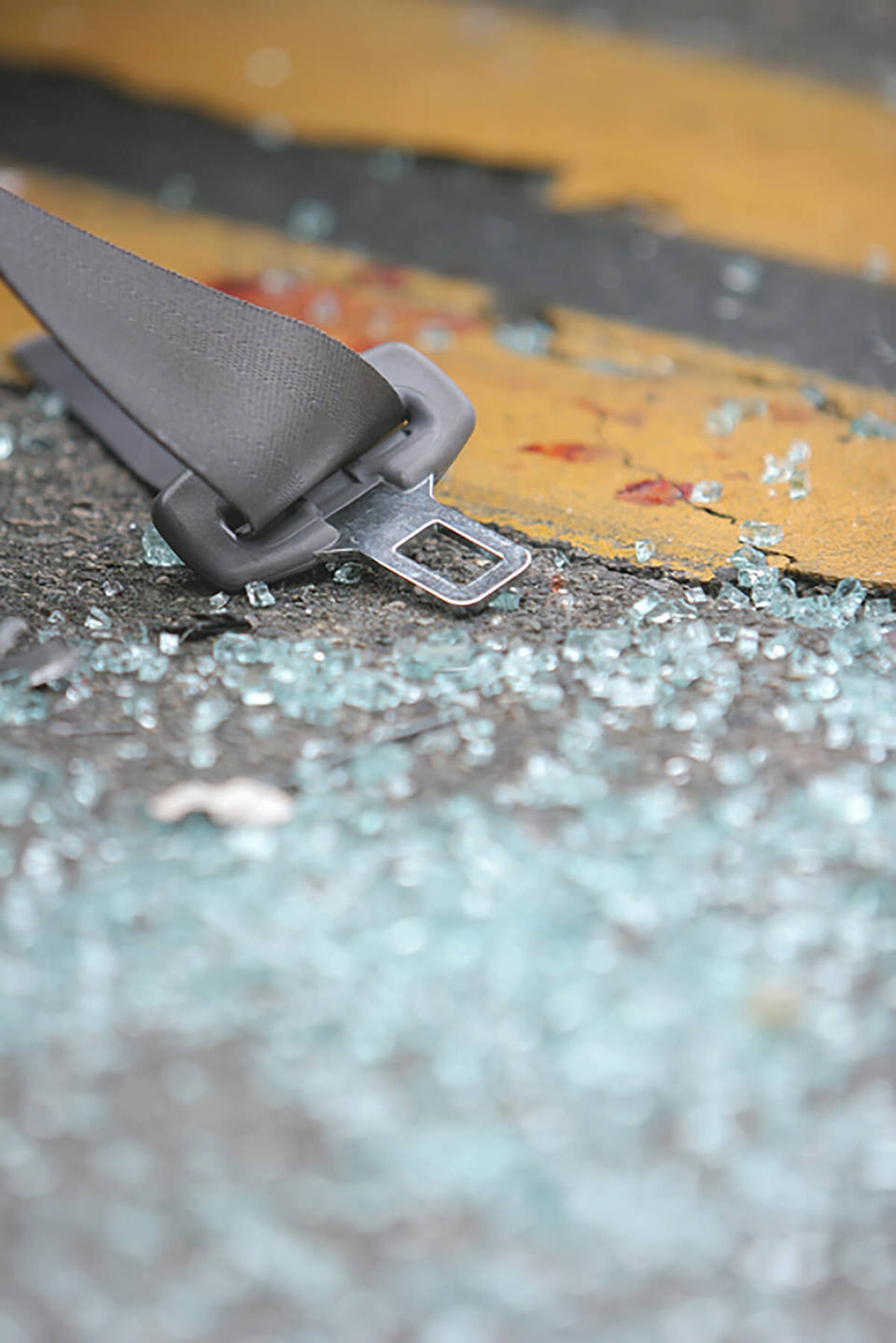The risk of death and serious injury on Britain’s motorways and A roads is highest in Scotland and lowest in West Midlands, according to the Road Safety Foundation’s latest report.
The report ‘Engineering a Safer Future’ measures safety levels across 27,000 miles of motorway and A roads where the majority of UK road deaths occur.
Typically, the “highest risk” and “persistently high risk” roads – narrow, twisting, hilly - are in the rural areas of the north.
Although apparently clear candidates for priority action, their lower traffic flows may not justify the spend on improvements, according to the Road Safety Foundation.
For the first time, this year’s report also names Britain’s busy higher-risk roads, with the A21 (A229 to Hastings) topping the league, and two further roads in the south-east in the list.
The combination of having risks well above average with many road users exposed to these risks makes them prime candidates for action both in potential to save lives and economic cost.
Commenting on this new listing, Dr Joanne Marden, director of the Road Safety Foundation, said: “Even a modest ambition to improve these sections of road - so they simply get an ‘average’ risk rating and became six times more risky than motorways -would save many lives and cost savings to the economy of £20m annually.
“The planned reforms in road financing means a new focus on measuring safety performance and the high returns quickly available from safety engineering.
“Where there is clear evidence of higher risk and heavy traffic flows, the economic case for intervention is compelling.
“With 2% of GDP lost in road crashes as well as lives, we can get quick, guaranteed returns by raising safety levels.”
Benefit of safety engineering
Simple attention to safety engineering detail has already resulted in significant reductions in road deaths and serious injuries in some areas.
Fatal and serious injury crashes on just 10 stretches of treated road fell by nearly two-thirds from 541 to 209 (2001-2005 and 2006-2010), according to the Road Safety Foundation.
This is said to be worth £35million annually to the economy.
The use of speed enforcement with fixed and mobile cameras is on all but two of the most improved roads.
Changes to the layout and traffic management at junctions are common features, and other measures include new traffic signals to control traffic flow; restricting turning movements onto roads with high traffic levels or poor visibility; widening entry and exit lanes with changes to the lining and signing; advanced warning signs; and installing high friction and coloured surfacing.
“These are practical, relatively inexpensive solutions which will pay back the costs of investment in a matter of weeks – with high rates of return in the first year alone – and go on saving lives and saving money for the nation for many years to come. Much of this remedial work can be done as part of routine maintenance,” said Dr Marden.
“Other leading countries are investing to upgrade safety on major roads. Dutch Ministers have announced a minimum three-star safety rating for their national network by 2020 following an assessment of costs, benefits and practicality.
"The British public should not be driving five-star cars on one and two-star roads. The Government must make minimum safety levels the centrepiece of any reform.”
More on page two



















GrumpyOldMen - 17/10/2012 13:54
Hmmm. No mention of speed humps. Lambo drivers in Hastings can relax. And (as per forum comment) let's get rid of the 1-lane -> 1-lane -> 3-lanes-trafic lights-3-lanes -> 1-lane -> 1-lane rubbish (that Lambo's are so good for) before we consider any other "safety engineering".